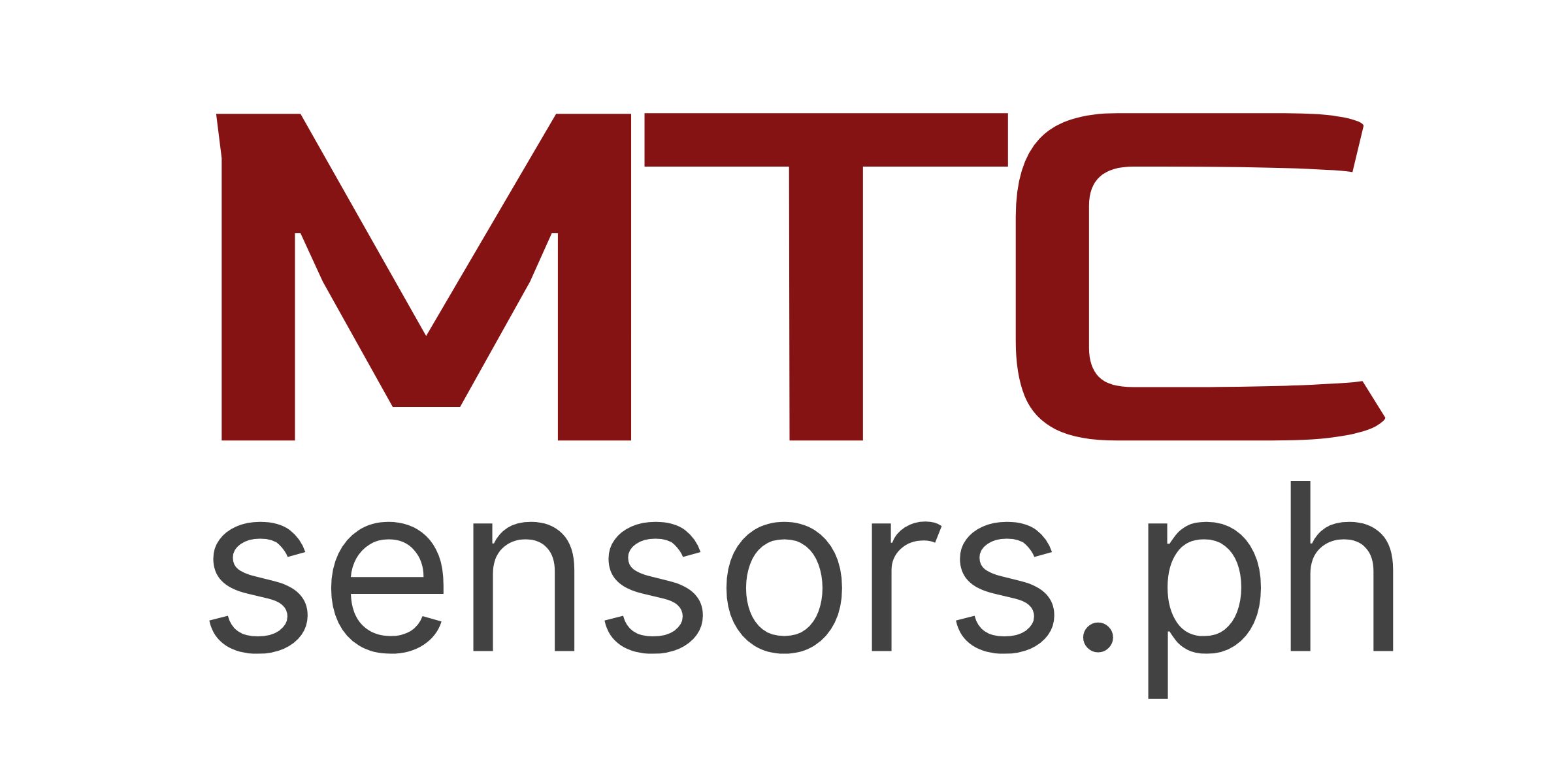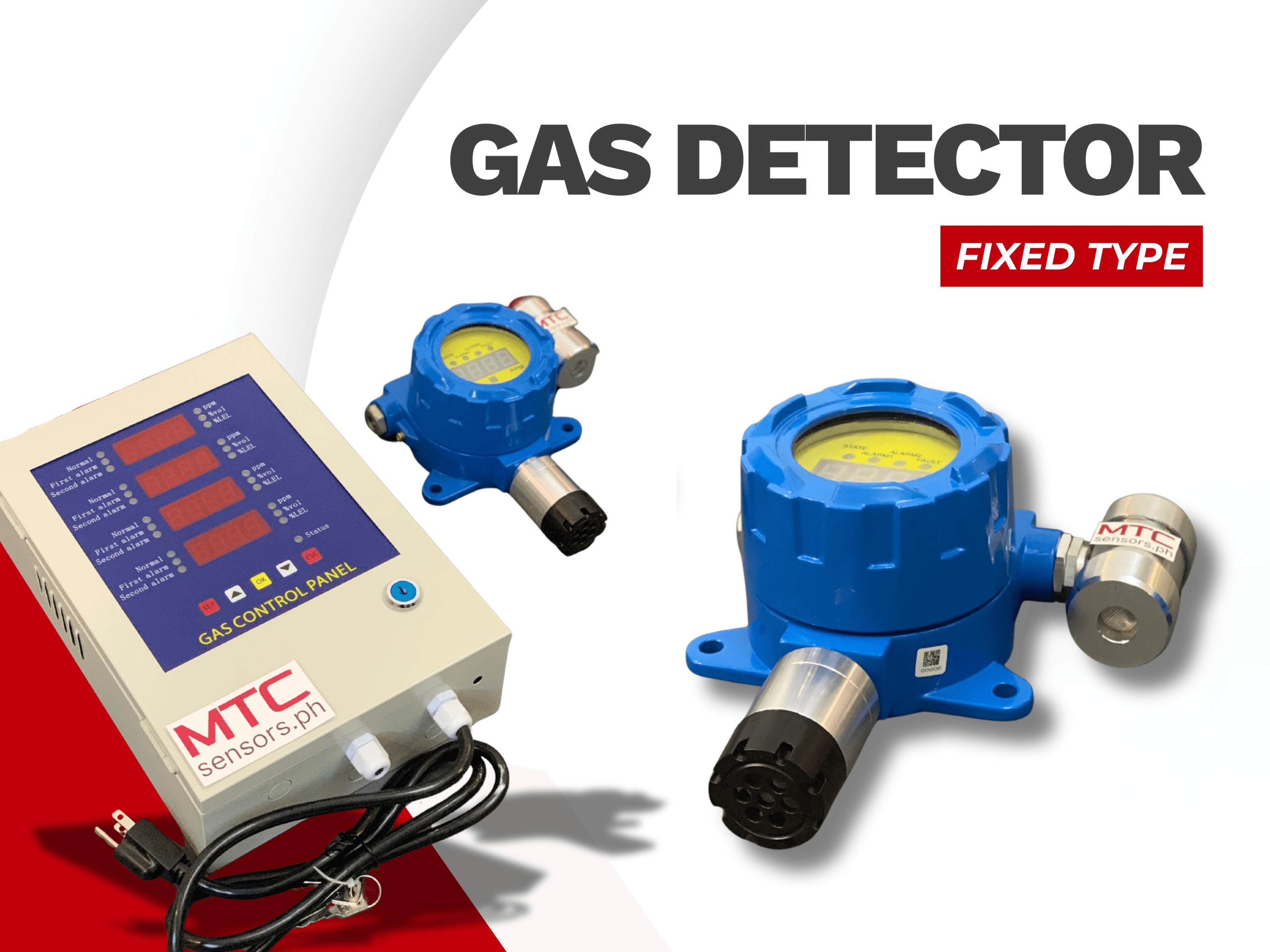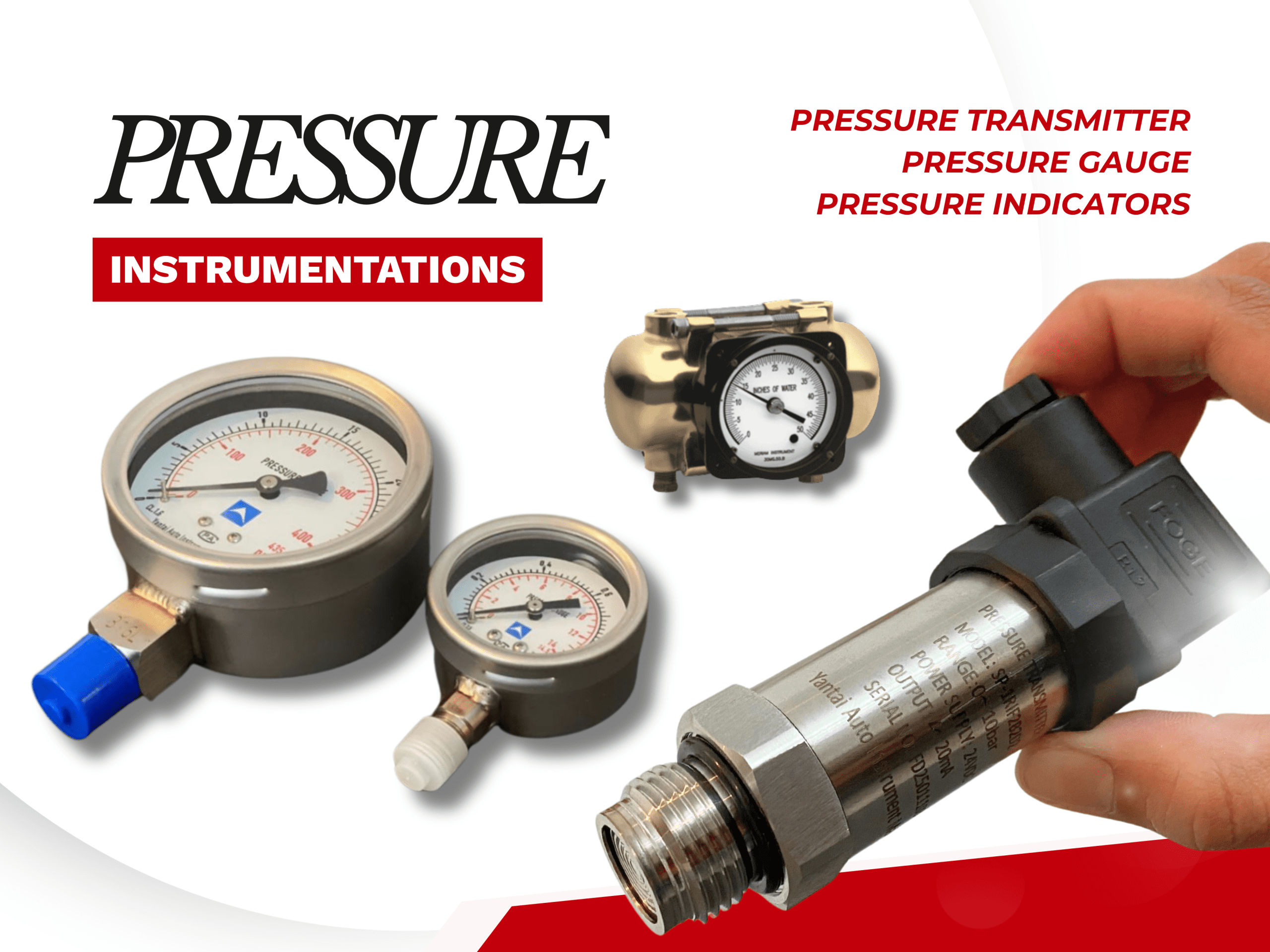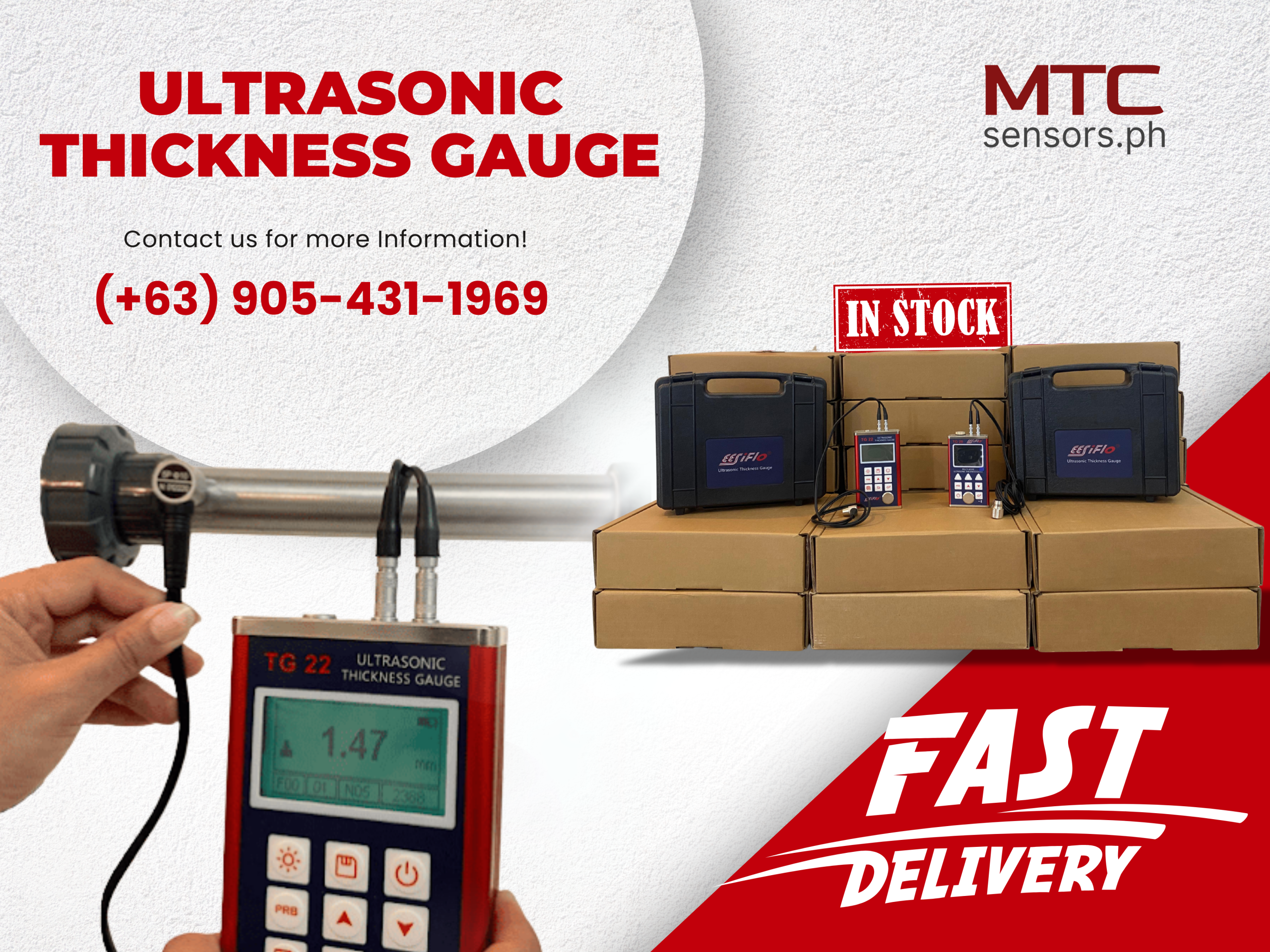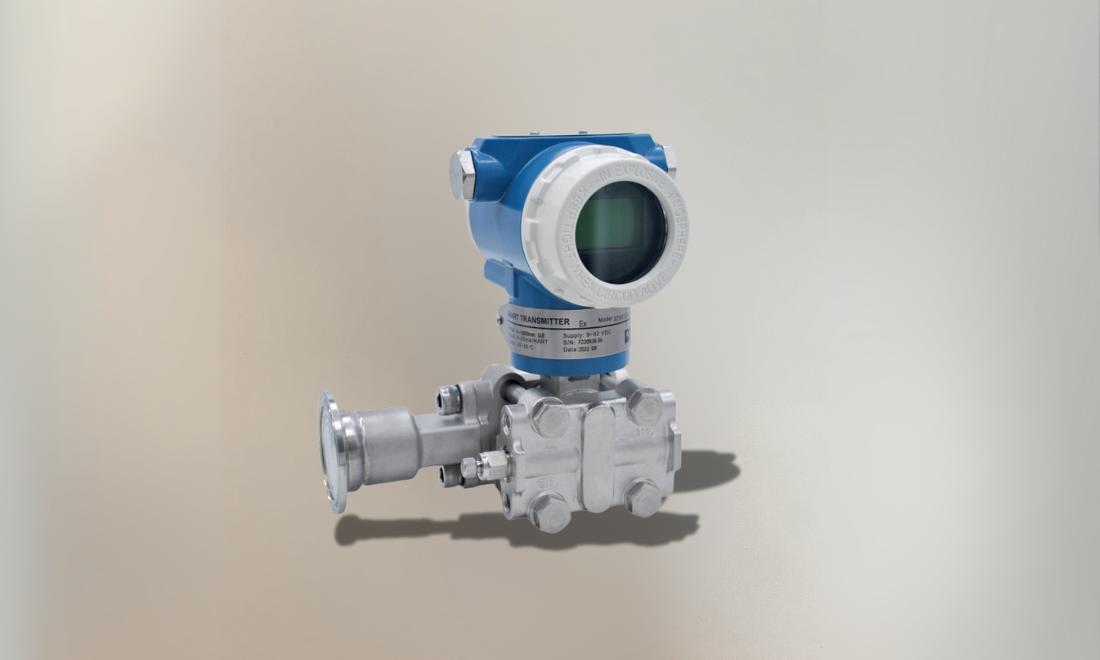Pressure Sensors for Liquid Level
Measurement Technologies Corporation (MTC) supplies reliable and accurate Pressure Sensors for Liquid Level Measurement, designed for continuous monitoring of fluid levels in tanks, vessels, and reservoirs.
Filter by Category
Ex-stock Products
Recent News & Events
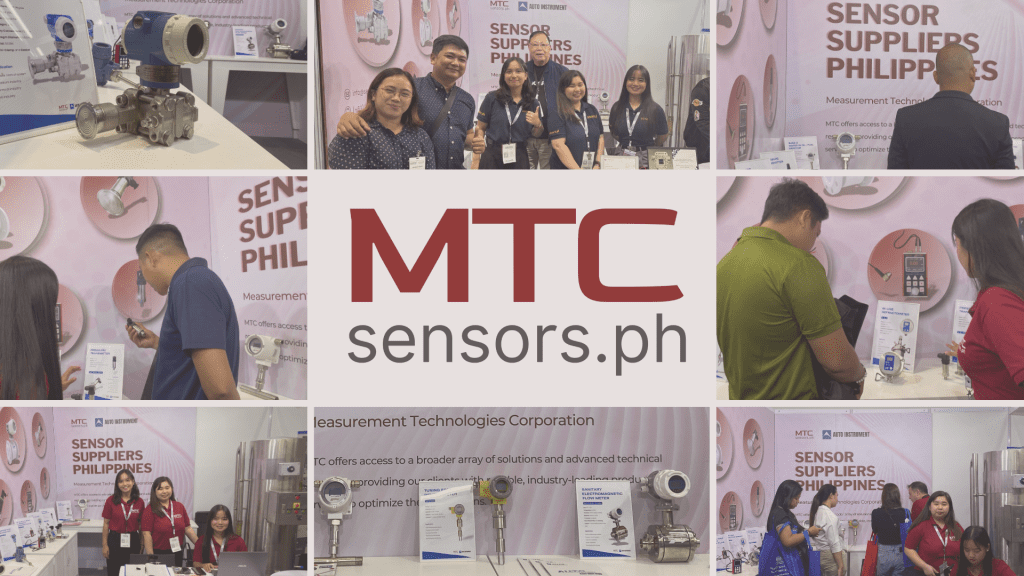
Measurement Technologies Corporation to exhibit at ProPak Philippines 2026 - Metro Manila, Philippines
October 24, 2025
We look forward to seeing you again at Propak 2026 where we hope to showcase some of our new products!
Liquid Level Measurements Using Pressure Sensors in the Manufacturing Industry
At Measurement Technologies Corporation (MTC), we provide field-proven pressure-based level measurement solutions that combine precision, durability, and value. With local support for installation, calibration, and system integration throughout the Philippines, MTC ensures that your level monitoring systems operate reliably and efficiently.
Importance of Cost Savings
In the manufacturing industry, prioritizing cost savings is crucial for both smaller and larger companies undertaking projects without the burden of overpriced instruments. Utilizing pressure sensors, a traditional yet effective method involves measuring liquid levels in a tank by assessing the water column. Even for non-water liquids, these sensors prove effective when an intelligent correction factor for density and liquid type is applied.
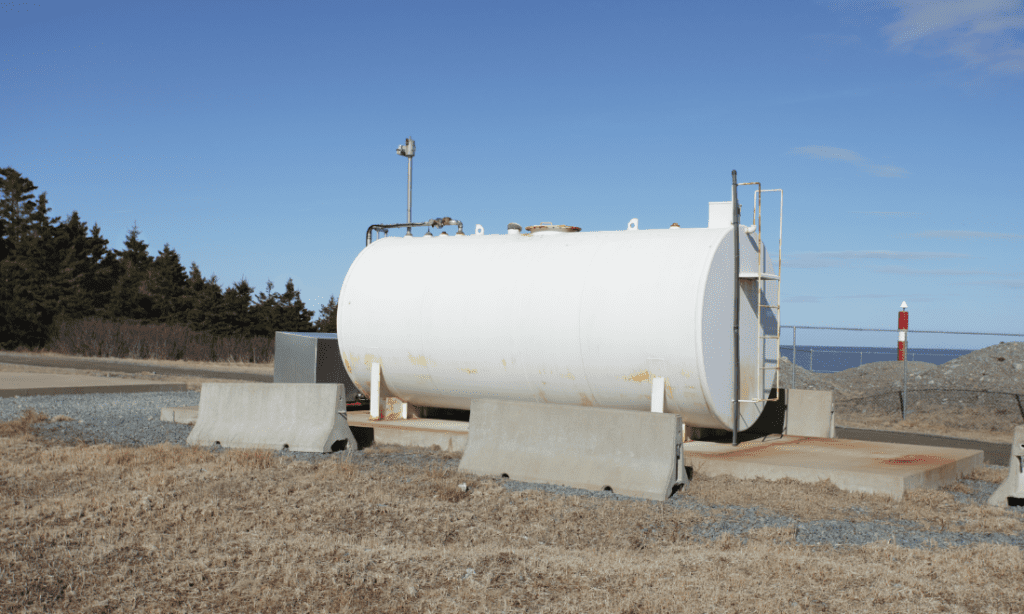
Configuration for Efficient Level Indication
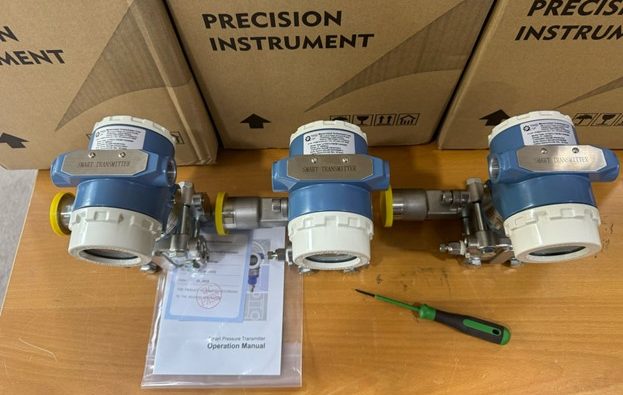
Our team has successfully configured pressure sensors for level indication in the Philippines, offering significant savings in both cost and time for tank fabricators. These reliable level measurement devices help prevent overspill, empty tanks, and ensure basic control of the final liquid product.
User Familiarity and Installation Points
Once users acquaint themselves with pressure sensors for level measurement, selecting the appropriate installation point for the sensor becomes a straightforward process.
Revisiting Traditional Methods
Amidst the influx of newer technologies, it’s essential to remember the reliability of traditional methods. Measuring pressure exerted by a volume of liquid at the tank or well’s bottom proves sufficient, especially for non-critical applications. Standard pressure sensors can be converted into level-based transmitters by considering factors such as tank type, size, and liquid specific gravity.
Enhancing Compatibility & Versatile Connection Options

Correctly specified connections pose no issues, whether installing in NPT, BSP, or sanitary type connections using a Tri-Clamp.
In all technologies, there are advantages and disadvantages. However, using pressure-based level sensors correctly minimizes issues like foam build-up, vapors, and physical objects in the tank. This is because we are measuring “pressure,” directly correlated to a level measurement using a calibration method for zero and span.
In the case of pressurized tanks, the level sensor remains an option but requires careful consideration, as it might be necessary to measure the differential pressure from certain points.
Having trouble selecting the best instrument for your application?
Here’s a guide to help you choose the right instrument for your industry. You may also reach out to our technical team for expert guidance tailored to your specific process needs.
